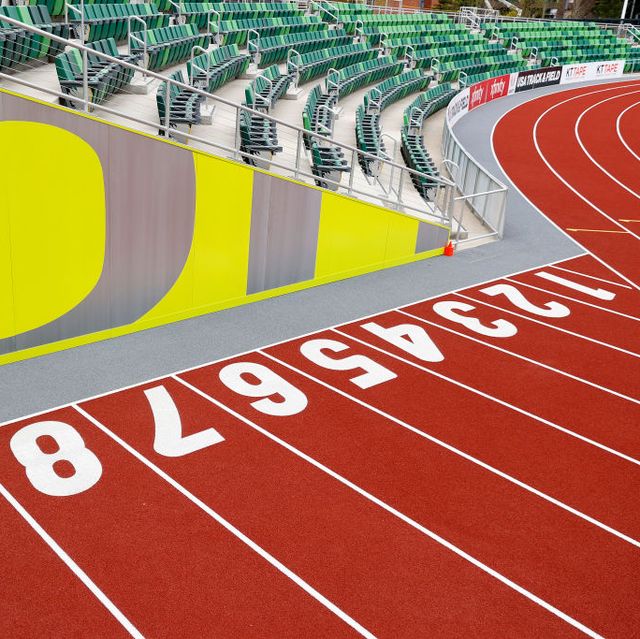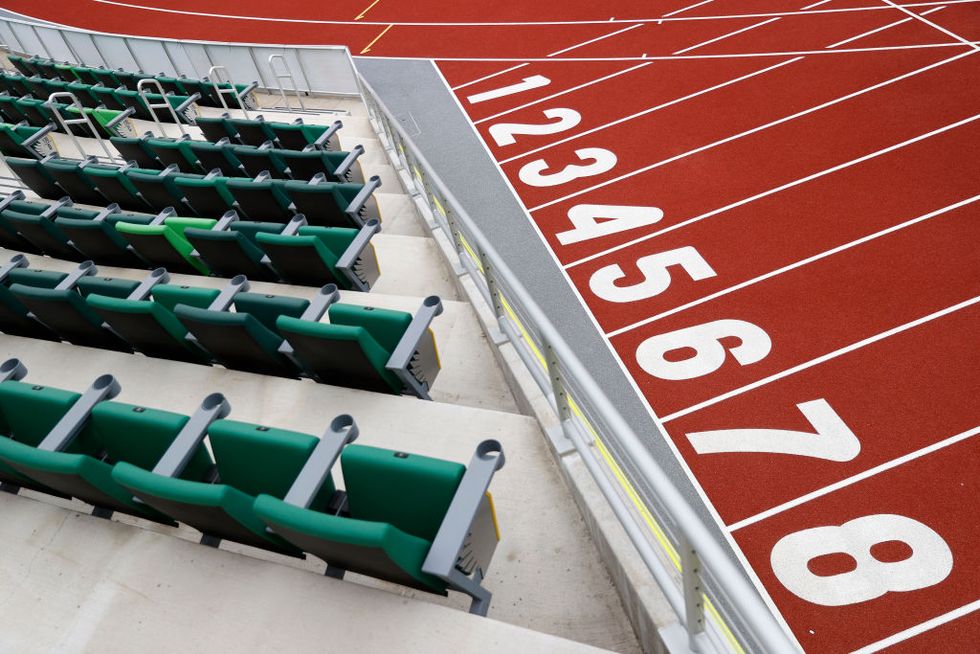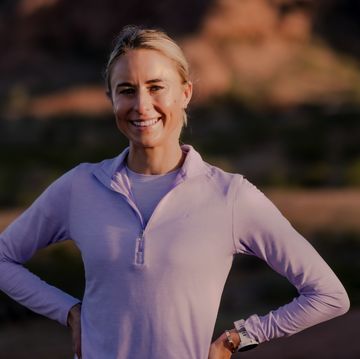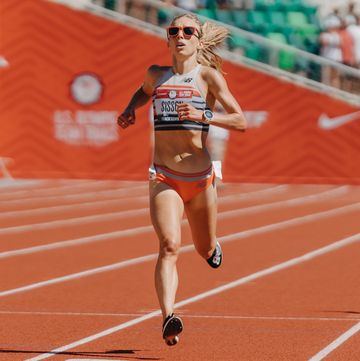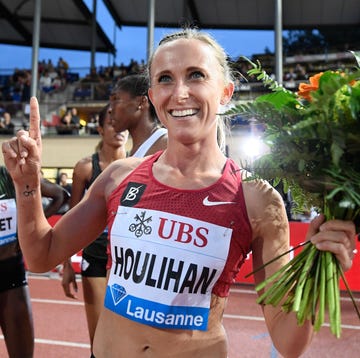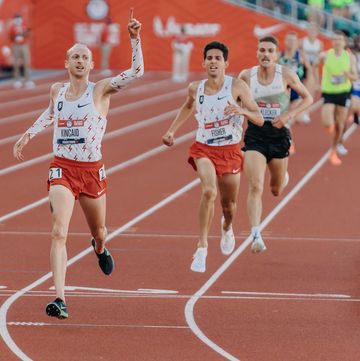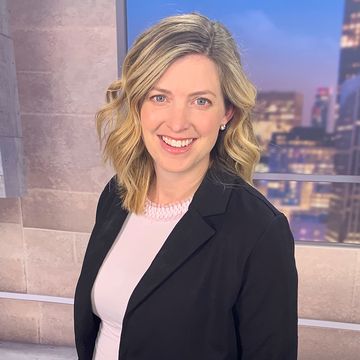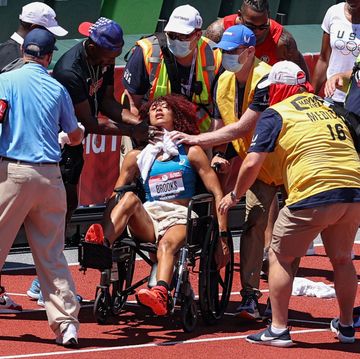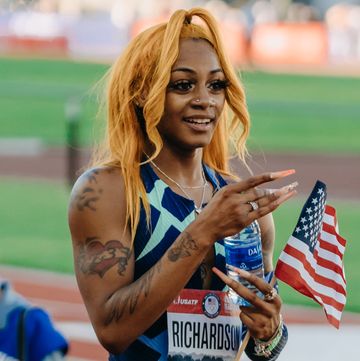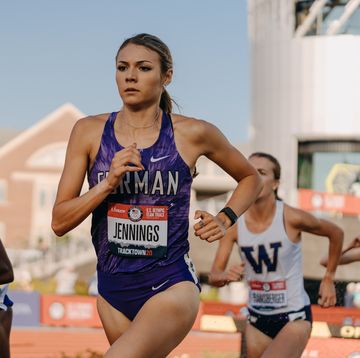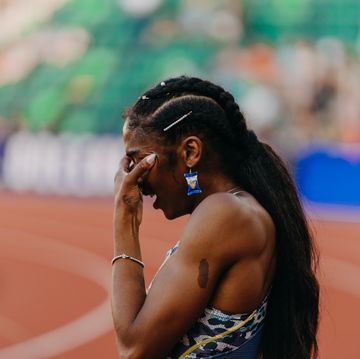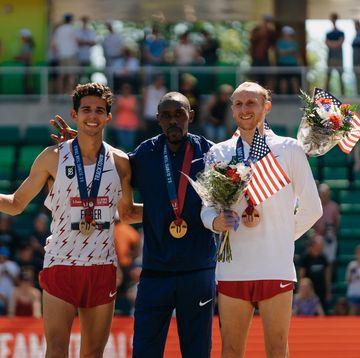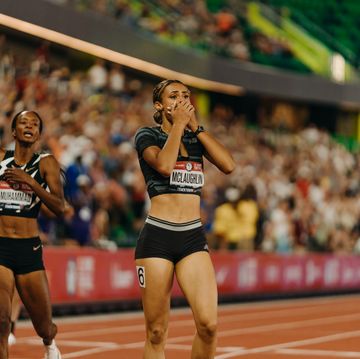In track and field, making the team is a numbers game—winners are chosen by centimeters and fractions of a second, and only three from each event will become Olympians. Here are more of the facts and figures that go into this year’s U.S. Olympic Track and Field Trials, which take place June 18 to June 27 at Hayward Field in Eugene, Oregon.
40
Total number of events at the Trials; 20 on the men’s side, and 20 on the women’s. Men and women compete in the same events, with two minor differences: women compete in the 100-meter hurdles, while the shortest men’s hurdle race measures 110 meters. In addition, men compete in the 10-event decathlon, whereas women’s heptathlon features seven disciplines.
895 days
The length of the window athletes had to earn their qualifying marks—Jan. 1, 2019, through June 13, 2021—which was extended due to the pandemic.
Two
Number of negative COVID-19 tests athletes will have to supply—one four to six days before they compete and one when they arrive in Eugene. Even if athletes are vaccinated, they still have to present two negative tests, although those who can verify that they’ve recently recovered from COVID, and are now symptom-free, can opt out. (This policy is subject to change based on updated public health guidance, USATF notes.)
15
The age of Sophia Gorriaran, who is, as of June 1, the youngest Trials qualifier. Gorriaran, who will race the 800 meters, is part of the class of 2023 at Moses Brown School in Providence County, Rhode Island—and one of six high school athletes competing. Gorriaran hit the standard with a 2:02.44 at the American Track League meet in Fayetteville, Arkansas, in February.
20.5
Hours of television coverage of the events, spread between NBC and NBC Sports Network. You can check out the full television schedule here.
$40
The entry fee for the event, per athlete.
Seven
Number of qualifiers in the 20K men’s race walk as of June 1, the event with the smallest field.
54
Number of qualifiers in the women’s 800 meters—as of June 7, the events with the largest fields. The women’s 10,000 meters is a close second, with 53. The 800 meters will have three rounds; on May 26, USATF said the 10,000 meters would be held in two sections, to avoid overcrowding on the track. Athletes from either heat will be eligible to make the Olympic team, provided they have run the Olympic standard of 31:25. (We will update this when we learn of more qualifiers.)
Four
Consecutive Trials hosted by TrackTown USA, which operates events at Hayward Field. The stadium was razed and rebuilt over the past two years, and the first meet was held at the new facility on April 2.
12,650
Number of permanent seats at the renovated Hayward Field; it’s expandable to nearly 25,000. On May 29, TrackTown USA announced that spectators would be allowed at the Trials, and on June 5, they revealed new details: the event will have vaccinated and unvaccinated sections; existing ticketholders from 2020 may keep their tickets or ask for a refund; athletes’ friends and families can purchase up to four tickets for the day their athlete is competing; and information for new ticket sales to the general public will be announced by Wednesday, June 9.
Five
The number of shifts volunteers have to agree to work in order to assist with operations during the event. (But don’t think that’s another way to get in on the action if you don’t have tickets—volunteers are asked to focus on their duties during their shift, and aren’t allowed to spectate afterward.)

Cindy is a freelance health and fitness writer, author, and podcaster who’s contributed regularly to Runner’s World since 2013. She’s the coauthor of both Breakthrough Women’s Running: Dream Big and Train Smart and Rebound: Train Your Mind to Bounce Back Stronger from Sports Injuries, a book about the psychology of sports injury from Bloomsbury Sport. Cindy specializes in covering injury prevention and recovery, everyday athletes accomplishing extraordinary things, and the active community in her beloved Chicago, where winter forges deep bonds between those brave enough to train through it.
